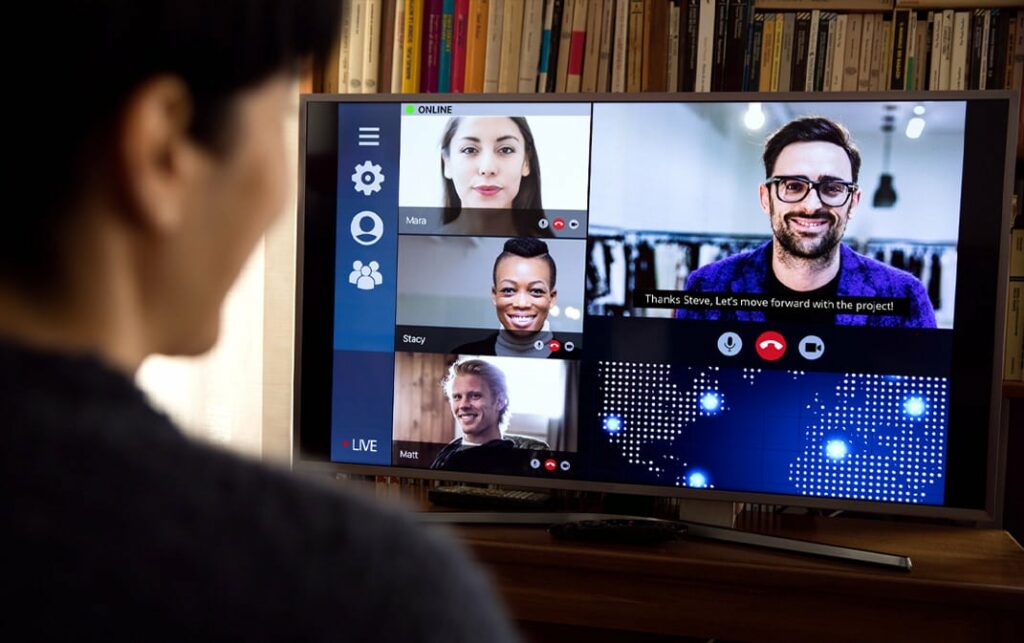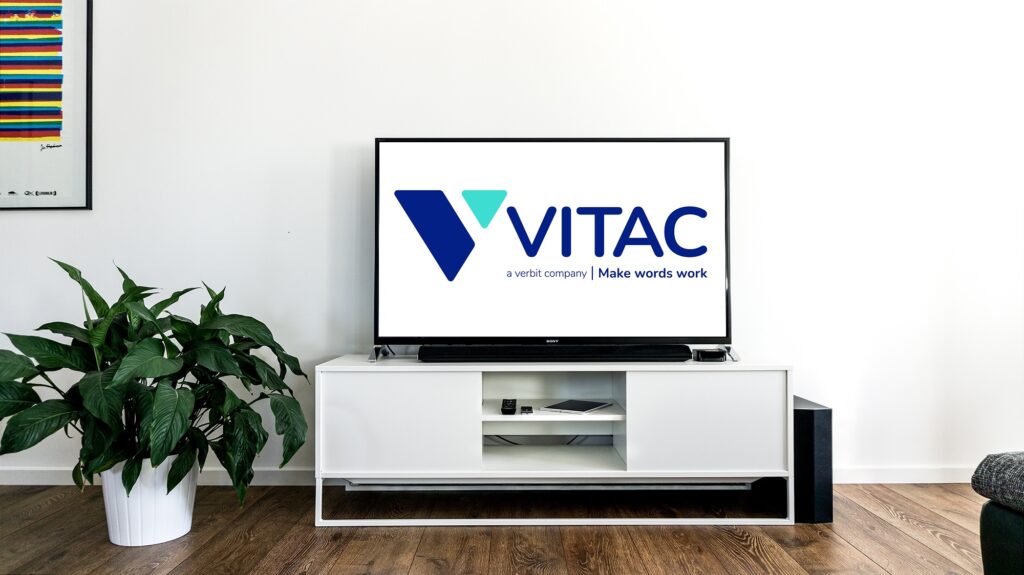As has become increasingly clear over the past year, it’s possible to connect with people everywhere and anywhere around the globe virtually any time you want.
In the education world, remote classrooms, lectures, and conferencing software have become the norm for teachers and students in all grade levels, and colleges, universities, and other higher educational institutions across North America are making accessibility a larger priority for those students who attend remotely.
Education centers are bringing accessible solutions – such as captioning, ASL interpreters, and audio description – to online webinars and workshops that promote their schools, share new research, train faculty, inform the community, and engage people regardless of their geographical location.
For example, VITAC is providing live captions for a University of Virginia webinar (“A Practical Workshop in Teaching Anti-Racist History: Resources, Risks, and Rewards”) this week. The webinar, geared towards teachers in grades K-12, will include hands-on research and interactive exercises as well as captioned breakout sessions and teacher-led discussions.
 Though there are variety of factors that go into pulling off a successful webinar – interesting topic, engaging speakers, length of the discussion, dynamic presentation materials – it’s also important that the webinar speaks to the entire audience and is accessible to all of those in attendance.
Though there are variety of factors that go into pulling off a successful webinar – interesting topic, engaging speakers, length of the discussion, dynamic presentation materials – it’s also important that the webinar speaks to the entire audience and is accessible to all of those in attendance.
Incorporating live, real time captions in your webinars is a simple way to make your event more accessible. Not providing captions effectively can eliminate a large section of your audience, including the more 48 million Americans who have some degree of hearing loss.
Captions ensure that everyone attending the webinar can understand what’s being said. They also benefit those attendees who may be listening in an environment with background noise – which is quite common these days as people work from their home “offices” and have little control over when the kids enter the room or the dogs decide to bark at absolutely nothing.
Simply put, adding captions to your educational webinars and workshops offers a variety of benefits.
Inclusion for All
There is no doubt that captions are crucial for deaf and hard-of-hearing students, but they also have been proven to benefit others as well. Studies have shown, and schools have found, that adding captions to digital content can help both visual and auditory learners, and improve comprehension, engagement, retention, and the overall learning experience for all students and not just those requiring accessible content. Captions help students focus, clarifying a video or presentation’s muffled or distorted audio, dialogue − particularly accented speech − and technical terms and jargon.
Transcripts
Captions also provide the added benefit of transcripts, a written summary of all that was said during the webinar or workshop. The host may share a transcript at the conclusion of the captioned event, enabling all participants to have a summary of what was discussed, including key thoughts, stats, and information that can be revisited later.
Posting your webinar with transcribed audio on the web also can improve your SEO rankings, helping your content appear in more search results.
English Language Learners
Captions also are beneficial to English Language Learners (ELL), or students who are learning the English language in addition to their native language or any other languages they may speak. According to the National Education Association, by the year 2025, 1 out of 4 children in classrooms across the nation will be ELL students. The association notes this to be the fastest growing group of students in grades K-12.
As noted above, captions provide a written transcript of an event and give ELL students the opportunity to improve comprehension and word pronunciation, review confusing materials, or reference difficult or complex terms that they may have had trouble translating without a written reference.
It’s the Law
The Americans with Disabilities Act and Section 504 of the Rehabilitation Act require most educational videos to be captioned or otherwise accessible to ensure effective communication.
Section 504 states that no individuals with a disability should be excluded from or denied the benefits of any program, institution, or activity that receives Federal financial assistance, like many colleges and universities do. The ADA and Section 504 apply to a broad range of school programs, services, and activities, including lessons, board meetings, extracurricular programs, teacher conferences, recreational activities, social and cultural activities, adult education, and summer school.
Captions also help satisfy WCAG guidelines for accessible website content. The guidelines are based on four principles – that all content should be perceivable, operable, understandable, and robust for everyone – and cover everything from screen reader navigation to color contrast to captions and audio description.
Stand-alone ASR vs. Human Captions
 Not all captions, however, are created equal.
Not all captions, however, are created equal.
VITAC, a full-service captioning company and industry leader in captioning and accessible media solutions for more than three decades, strongly believes in the essential human element in creating captions.
But as technology continues to play a greater role in all facets of life, the captioning sector is no exception. Automatic speech recognition (ASR) programs are becoming more common – Siri or Alexa are on almost every phone and in almost every home – and some captioning services companies are promoting stand-alone ASR as an alternative captioning option.
The appeal of stand-alone ASR captioning solutions is that the software provides moderately accurate realtime captions inexpensively. It’s a relatively simple solution that ticks many of the right boxes, but falls short of providing accurate, reliable, error-free onscreen information.
It’s important that new technologies like ASR programs be embraced, but practical experience indicates the programs need a human hand (and eye and ear and voice and intelligence) guiding and assisting it. The problem in ASR caption quality lies with “unassisted” captions, where a human is not involved. Without having a human eye or ear monitoring the machine for such things as accuracy and completeness, ASR routinely fails to meet expectations.
In fact, the National Deaf Center on Postsecondary Outcomes (NDC) analyzed research on ASR’s impact on deaf students and determined that auto captioning have several shortcomings and pitfalls.
The NDC noted that, “to the untrained eye, ASR may seem ‘good enough’ when testing its application in a quiet office with a single speaker” but when things such as accented speakers, rapid-fire dialogue, group discussions, and audio distortion are introduced, the technology operating on its own has yet to prove comparable to a trained human captioning professional.
Work with Us
National universities, community colleges, online lecture providers, and educational video producers rely on VITAC’s wide range of services to make their content more accessible and satisfy legal requirements. We work closely with a number of educational clients, including:
- An Ivy League school has relied on VITAC to caption its online videos, including popular lectures and course assignments.
- VITAC supplies captions for a leading provider of online math videos, creating verbatim translations in English and Spanish and manually formatting captions so that fractions and mathematical formulas didn’t include unusual line break to ensure the text was correct and understandable.
- We worked with a large northeastern college to provide captioning for sporting events distributed via its online portal, installing the proper equipment and scheduling and captioning live events using our employee captioners.
- We work with schools and universities around the country to caption graduation and commencement ceremonies.




